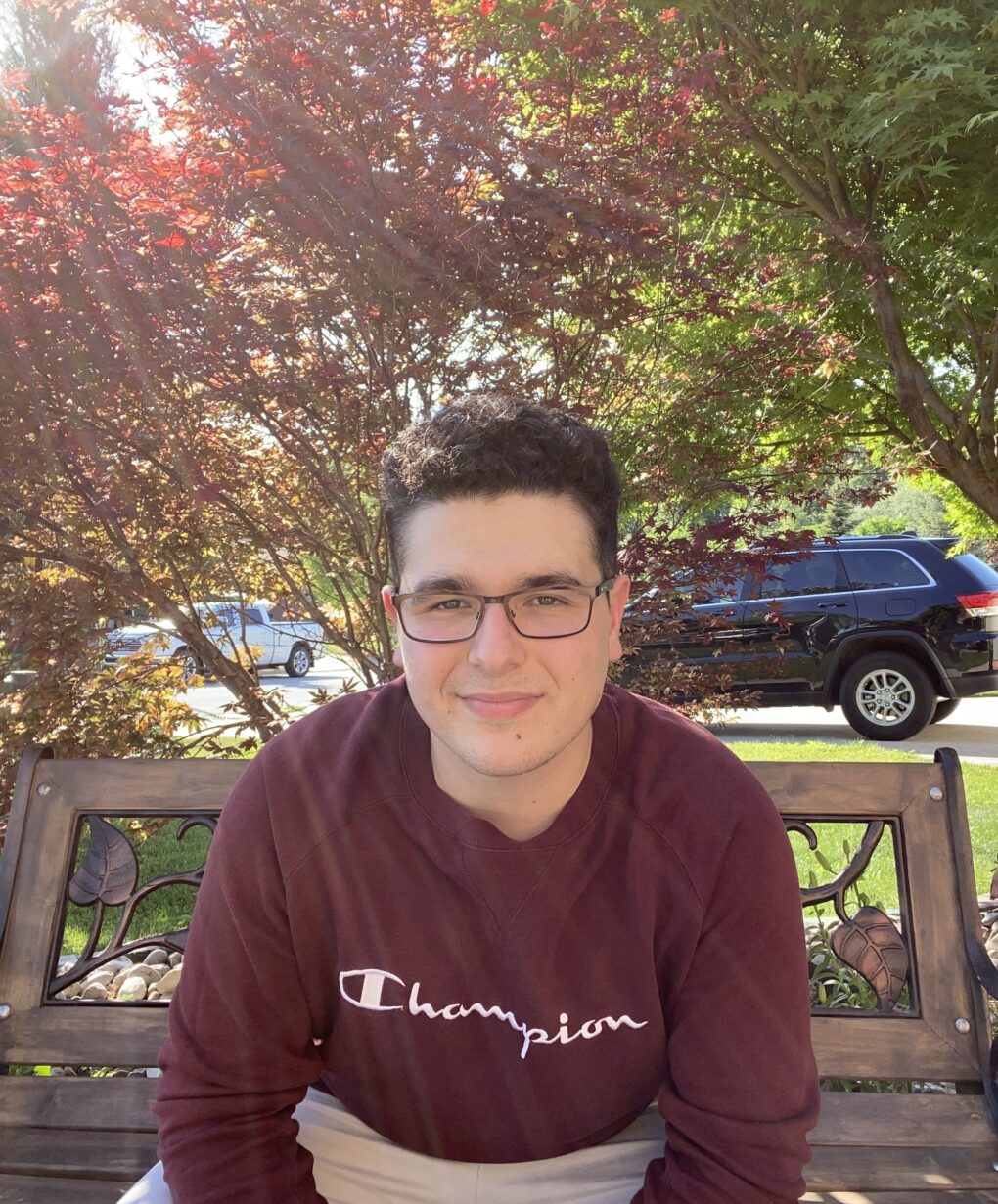
Applying CRISPR/Cas9 and Fluorescent Tools to Dissect the Role of Tuberin in Cell Cycle Regulation
How cells regulate their growth and division involves a tightly controlled integration of many mechanisms. In cells, Tuberin (gene – TSC2) is a protein in the Tuberous Sclerosis Complex (TSC) which modulates cellular growth, size, and proliferation. Mutations in the proteins forming the TSC can cause Tuberous Sclerosis Complex, an autosomal dominant disorder characterized by multisystem pathologies, and is often associated with benign hamartomas in the brain, kidney, lungs, and skin. The focus of my research is to clarify the role of Tuberin in the regulation of cell size and proliferation at the G2/M cell cycle checkpoint. During late G2, Tuberin retains Cyclin B1 (gene – CCNB1), a mitotic cyclin, in the cytoplasm thereby prolonging mitotic onset. We constructed six TSC2 mutants that harbour clinically relevant mutations which are known to destabilize the TSC. Interestingly, these mutations fall within the Tuberin Cyclin B1 binding domain. By over-expressing these Tuberin mutants in Tuberin null cells, an increased mitotic index is observed indicating a dysregulation of the G2/M transition. The resultant phenotypes are analyzed by flow cytometry, co-immunoprecipitation, and immunofluorescence. To aid in the temporal study of the cell cycle, we aim to validate successful CRISPR/Cas9-mediated knock-in of a near infrared (iRFP720) tag within the TSC2 gene of HEK293 cells, creating an endogenously expressed fluorescent Tuberin-RFP fusion protein. This new cell line will be a powerful tool to dissect the roles of Tuberin in regulating cellular growth and division and can provide a deep understanding of proliferative diseases like TSC and cancers.
“When I first applied to be part of the Porter Lab back in the Spring of 2019, I knew that I was joining a well-recognized and large research lab on campus which has continuously been on the forefront of scientific discovery. However, I did not foresee the new family I would make during my time here. Over the past few years, I have grown from being a student volunteer that started off by filling ethanol bottles and pipette tip boxes to working on a project that uses CRISPR technology to create a modified HEK-293 cell line! My progress as a young scientist has been a direct result of the mentorship and teaching opportunities in the Porter lab ecosystem. It took no time for me to get my hands dirty with experiments at the start, and while the COVID-19 pandemic had put a slight pause on my progress, the lab still provided a means of learning new skills and leadership opportunities through the Peer Mentor Network! I have made many friendships during my time here, and while some of these friends are also starting new chapters in their careers and lives, our relationship will prove to withstand the test of time. As I look forward to a life in medicine, these past few years have created a special place in my heart for biomedical research and it will certainly be a pillar of my future career. I am beyond grateful for the constant support that Dr. Lisa Porter and Dr. Elizabeth Fidalgo da Silva have given me this past year while also pushing me to do expand my scholarly boundaries. While embarking on my thesis this year, I have learned so many skills from troubleshooting experiments (shoutout to Adam Pillon for literally always being there to help) to communicate my work to both a general and scientific audience. As this chapter in my life nears an end, I will forever cherish the friendships and skillsets I have developed and will always have a special place in my heart for my fellow Porter lab rats. #porterlab #lifechanging #mentorship #futureinscience”

